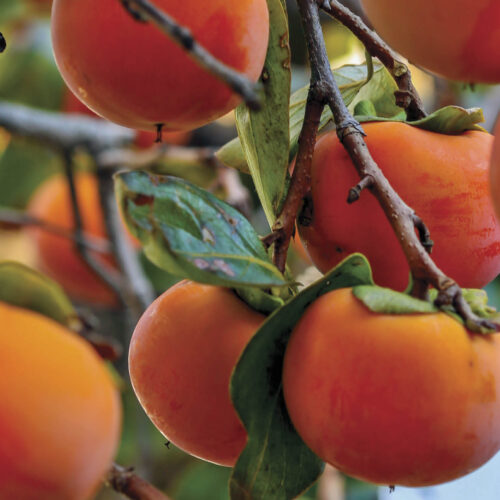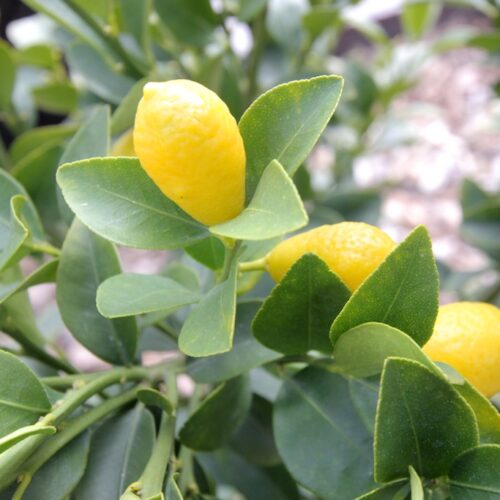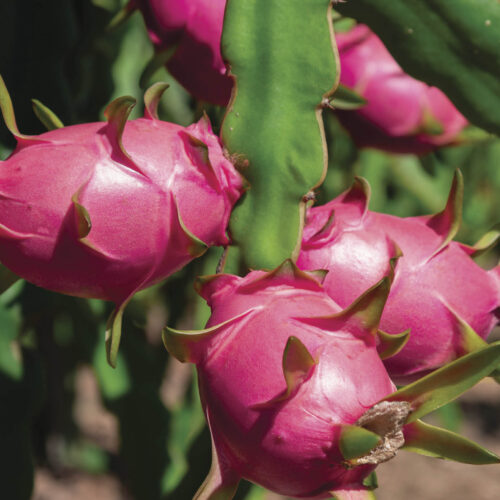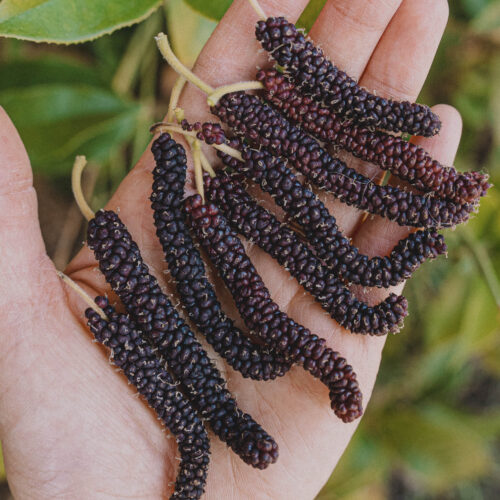New life for old pears
2013-03-27T06:12:06+11:00
PETER CUNDALL says pears have magnifcent textures, flavours and blooms, deserving a place in both the edible and ornamental garden.Old pear trees can be brought back into regular production by selective winter pruning, as he describes here.
Old, neglected pear trees can grow to an enormous size with tangled, widely spreading canopies. They can be brought back into regular production by selective winter pruning, preferably over a two year period.
Remove every second inwards-growing branch to open up canopy centres and cut back over-long branches that extend too widely or reach for the sky.
Always cut to branch junctions with the trunk or lower limbs from which they spring. It is inadvisable to paint wounds, this old practice is now known to retard healing and to encourage decay fungi. All remaining congested growth can be removed during the following summer or winter.
When old, over-grown pear trees are drastically renovation-pruned, an enormous amount of vigorous new growth is stimulated. This can be a problem.
Masses of new shoots – known a broom-heads – invariably sprout from around large pruning wounds. Most should be cut or rubbed off as fast as they appear in spring. Only one or two well-placed shoots sprouting close to cut ends should be retained to develop into fruit-bearing branches.






